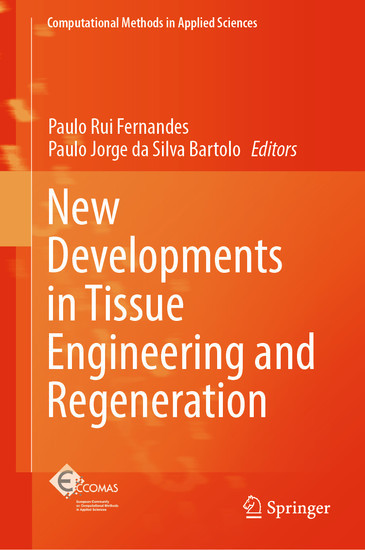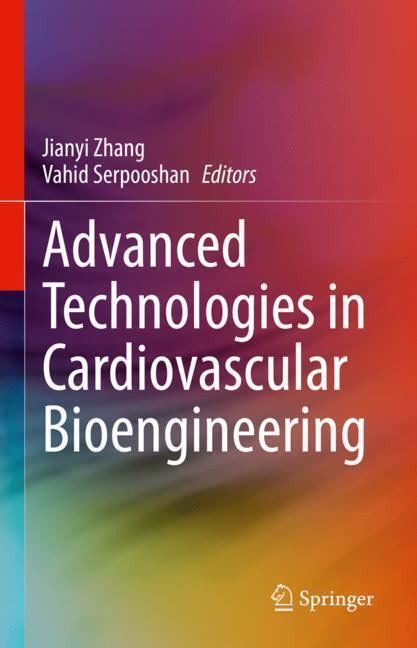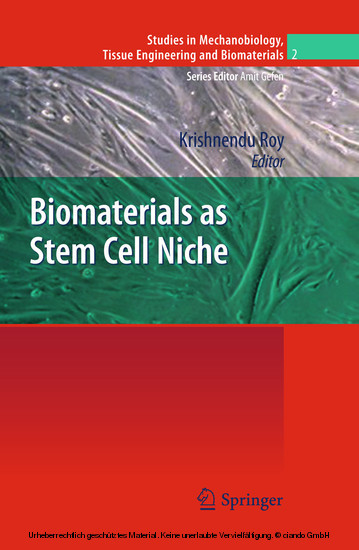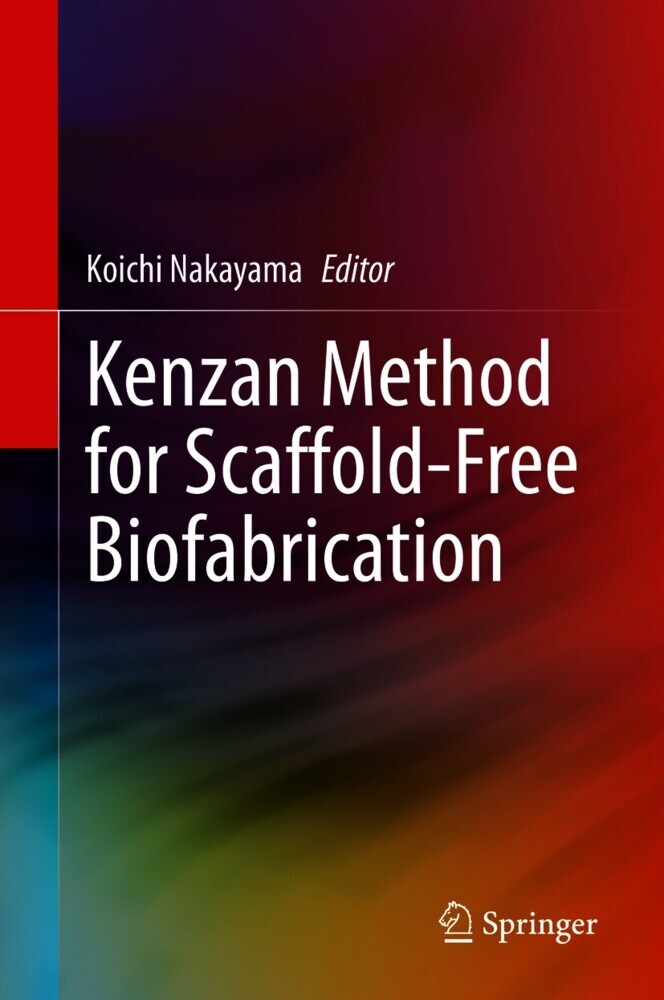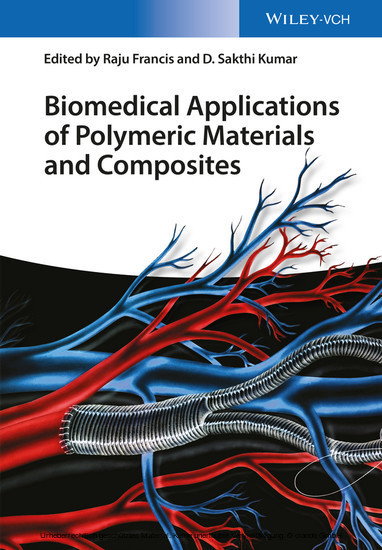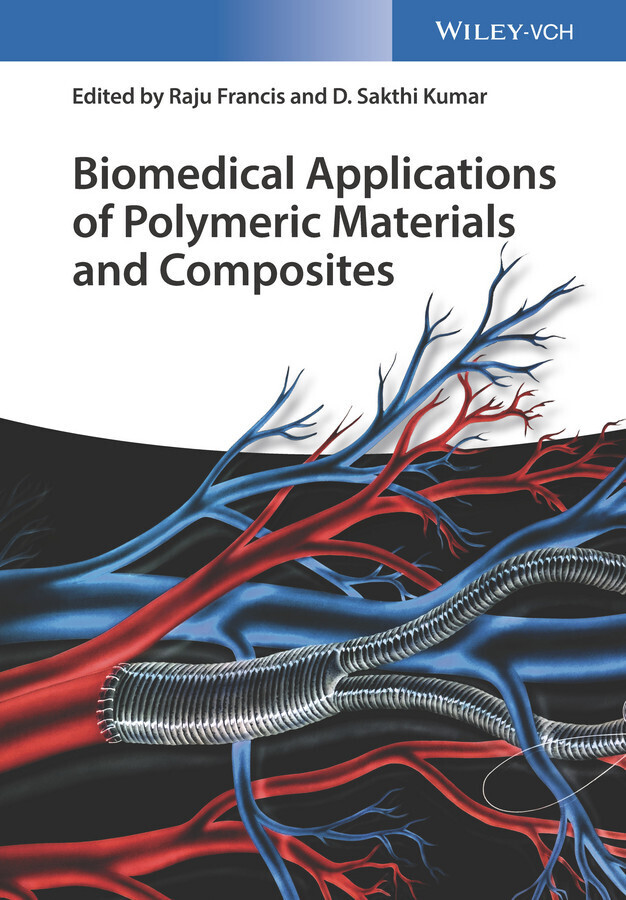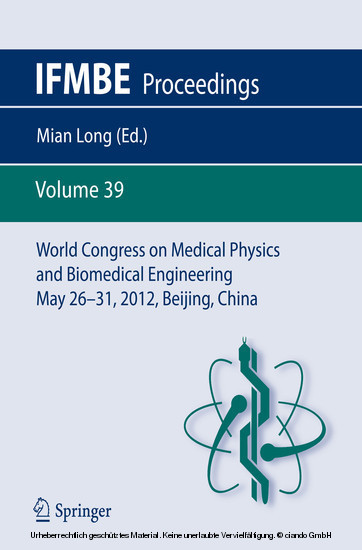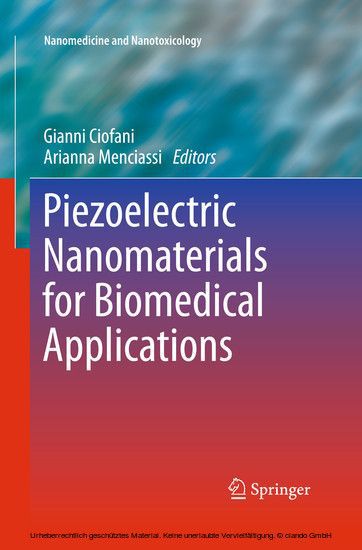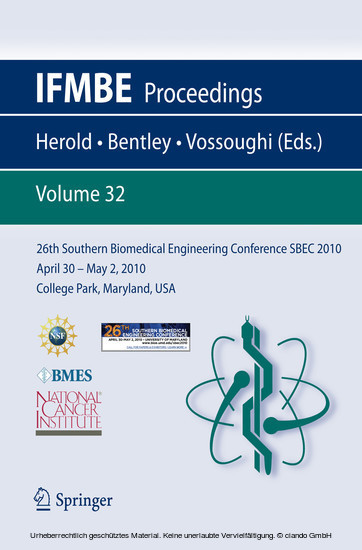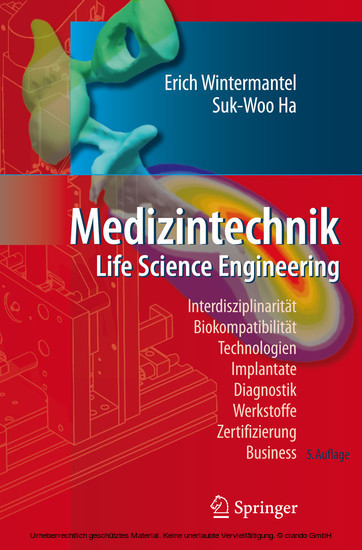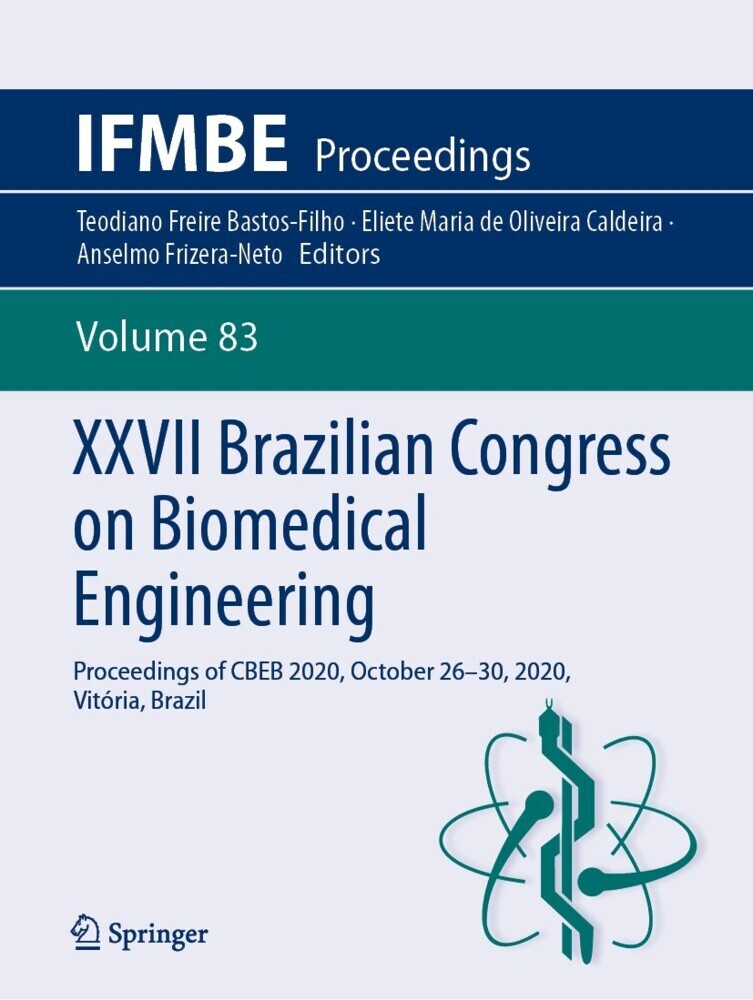New Developments in Tissue Engineering and Regeneration
The multidisciplinary character of this field has motivated contributions from different areas with a common objective to replace damaged tissues and organs by healthy ones. This work treats tissue healing approaches, mathematic modelling for scaffold design and bio fabrication methods, giving the reader a broad view of the state of the art in Tissue Engineering.
The present book contains contributions from recognized researchers in the field, who were keynote speakers in the Fourth International Conference on Tissue Engineering, held in Lisbon in 2015, and covering different aspects of Tissue Engineering.
The book is strongly connected with the conference series of ECCOMAS Thematic Conferences on Tissue Engineering, an event that brings together a considerable number of researchers from all over the world, representing several fields of study related to Tissue Engineering.
1;Preface;6 2;Contents;7 3;Computational Modelling of Wound Healing Insights to Develop New Treatments;8 3.1;1 Introduction;9 3.2;2 Healthy Skin;10 3.3;3 Wound Healing;12 3.4;4 Severe Wound Treatments;14 3.5;5 Computational Models of Wound Healing;16 3.6;6 Discussion and Conclusions;21 3.7;References;23 4;Traction Force Microscopy in Differentiating Cells;27 4.1;1 Introduction;27 4.2;2 Cell Cytoskeleton and Force Generation;28 4.3;3 Cell Traction Force Measurements;28 4.3.1;3.1 Cell Traction Force Microscopy and Analysis;30 4.4;4 Mechanical Properties of Mesenchymal and Committed Cells;32 4.4.1;4.1 Traction Forces Exerted by Differentiating Adipocytes;33 4.5;5 Summary;35 4.6;References;35 5;Adaptive Multi-resolution Volumetric Modeling of Bone Micro-structure;37 5.1;1 Introduction;38 5.2;2 Approach;39 5.3;3 Implementation;40 5.4;4 Examples and Discussion;42 5.4.1;4.1 2D Examples-Adaptive Models;42 5.4.2;4.2 3D Examples-Bone Fragment Extraction;44 5.4.3;4.3 3D Examples-Multi-resolution Models;45 5.4.4;4.4 3D Examples-Curvature Analysis;45 5.4.5;4.5 Topological Preservation;47 5.4.6;4.6 3D Examples-Adaptive Models;52 5.5;5 Summary and Conclusions;54 5.6;References;55 6;Low Temperature 3D Printing of Drug Loaded Bioceramic Scaffolds and Implants;57 6.1;1 Introduction;57 6.2;2 3D Printing Technology;58 6.3;3 Material Approaches to 3D Powder Printing of Ceramic Bone Scaffolds;61 6.4;4 Drug Modification of 3D Printed Implants;63 6.5;5 Conclusion;66 6.6;References;68 7;A Biomechanical Approach for Bone Regeneration Inside Scaffolds Embedded with BMP-2;73 7.1;1 Introduction;73 7.2;2 Materials and Methods;74 7.2.1;2.1 Degradation Model;75 7.2.2;2.2 Bone Tissue Regeneration Model;76 7.2.3;2.3 Material Properties by Homogenization;78 7.3;3 Results;79 7.3.1;3.1 Results for Scaffolds Without BMP-2;79 7.3.2;3.2 BMP-2 Embedded Scaffolds. Comparison with Experimental Data;80 7.3.3;3.3 Results for Periodic Porous Scaffolds Embedded with BMP-2;80 7.4;4 Discussion;84 7.5;Appendix;87 7.6;References;91
Fernandes, Paulo Rui
da Silva Bartolo, Paulo Jorge
| ISBN | 9783030153724 |
|---|---|
| Artikelnummer | 9783030153724 |
| Medientyp | E-Book - PDF |
| Copyrightjahr | 2019 |
| Verlag | Springer-Verlag |
| Umfang | 92 Seiten |
| Sprache | Englisch |
| Kopierschutz | Digitales Wasserzeichen |

